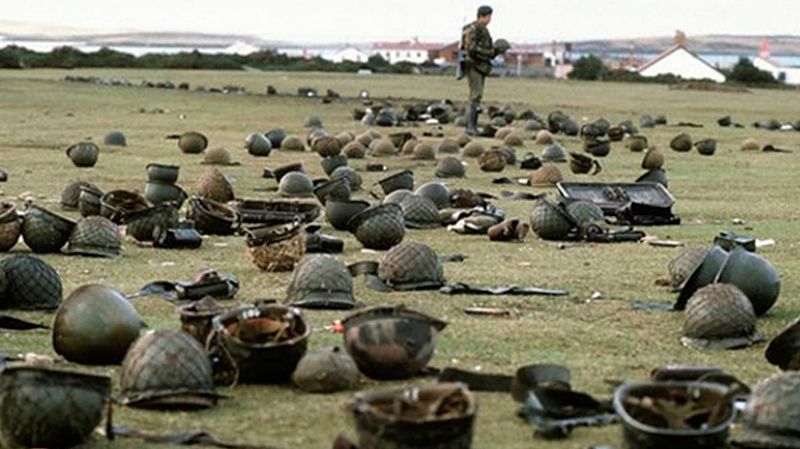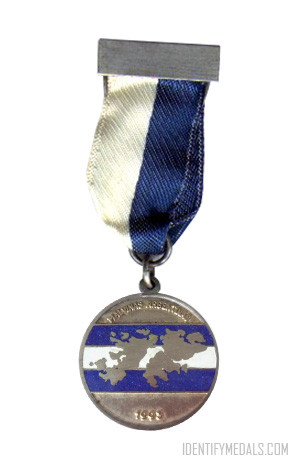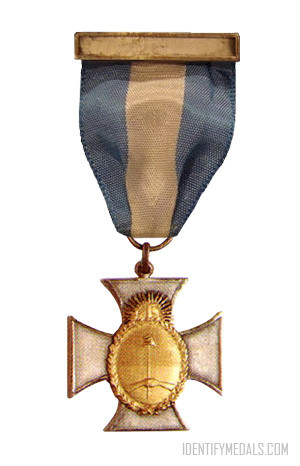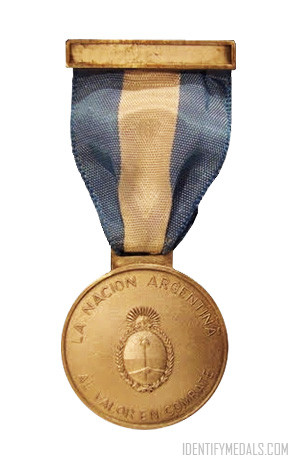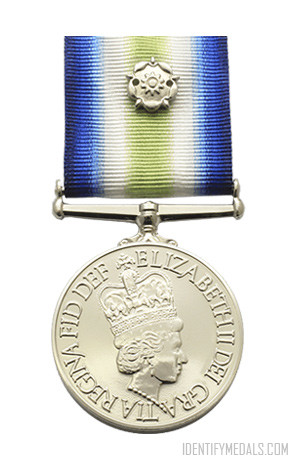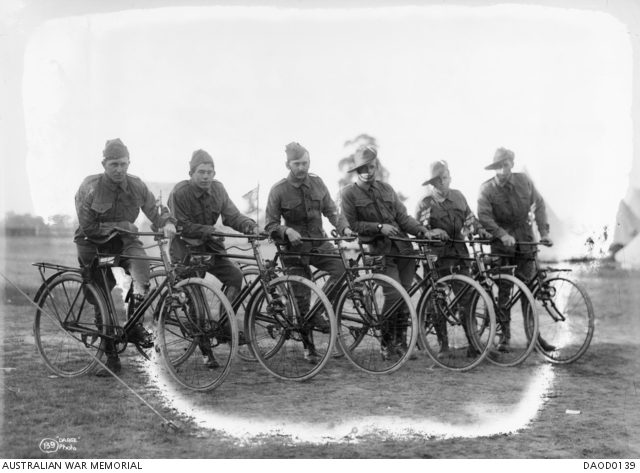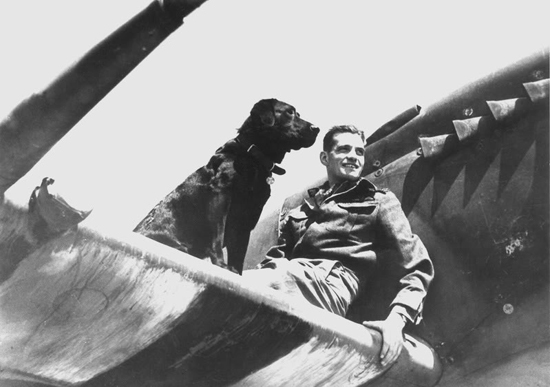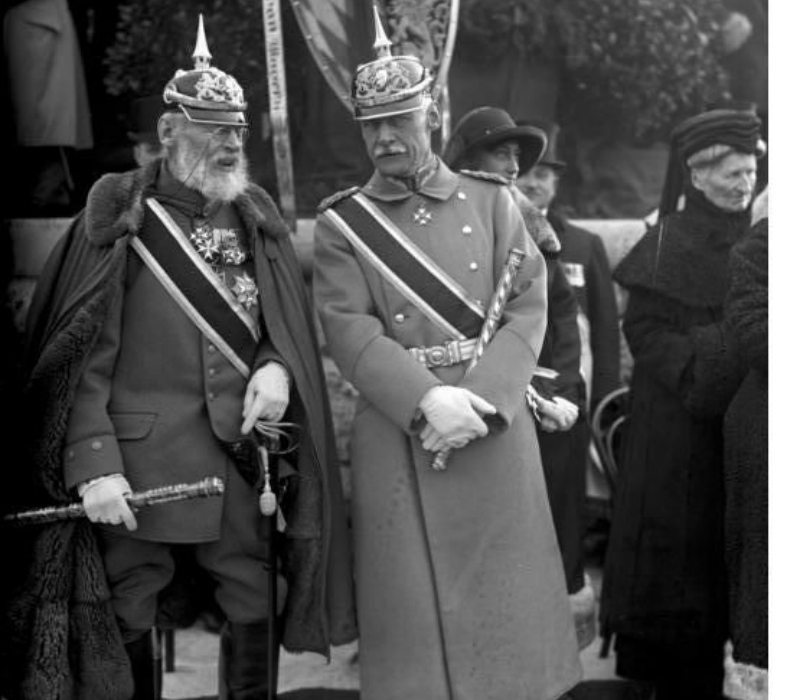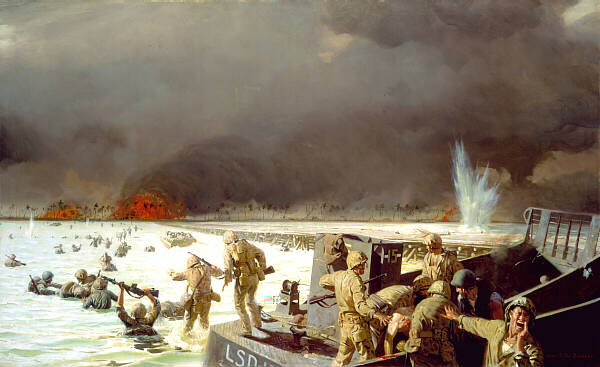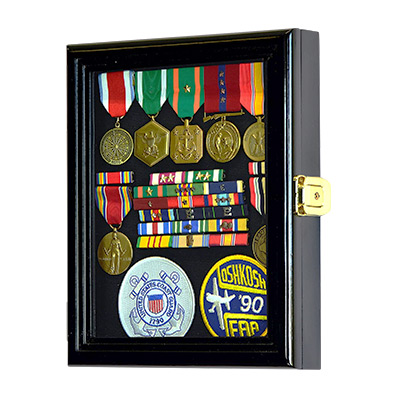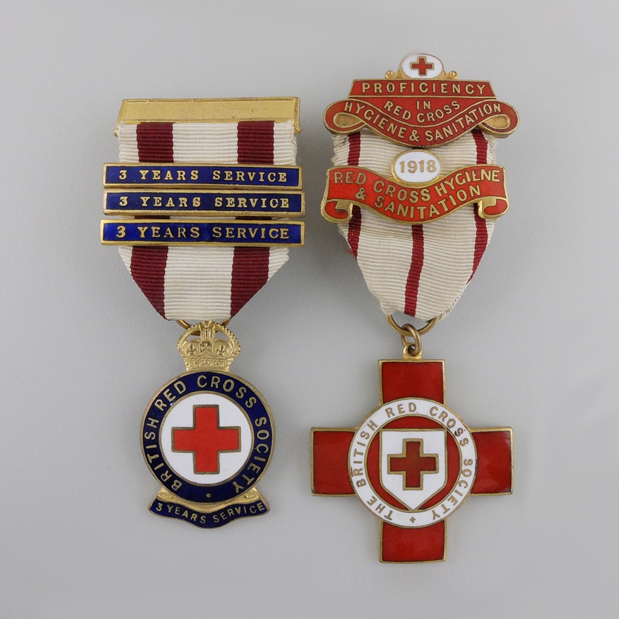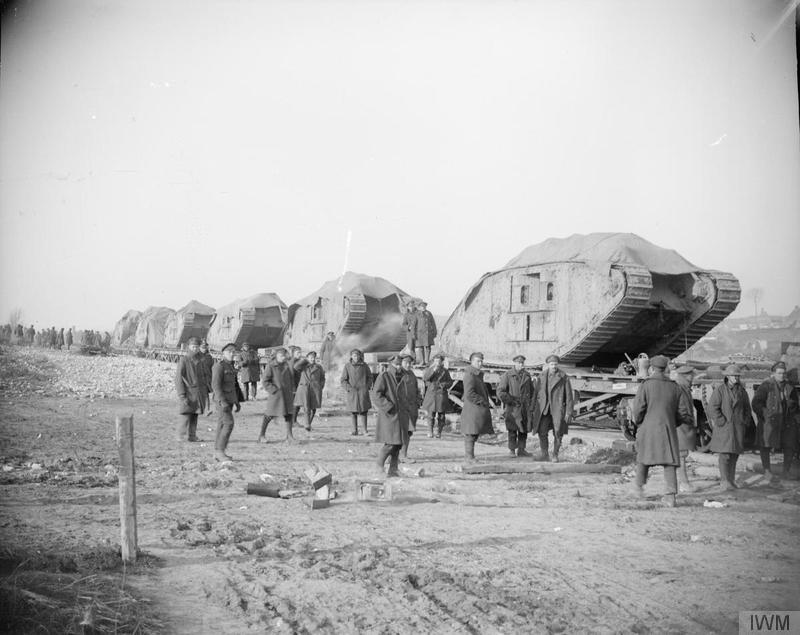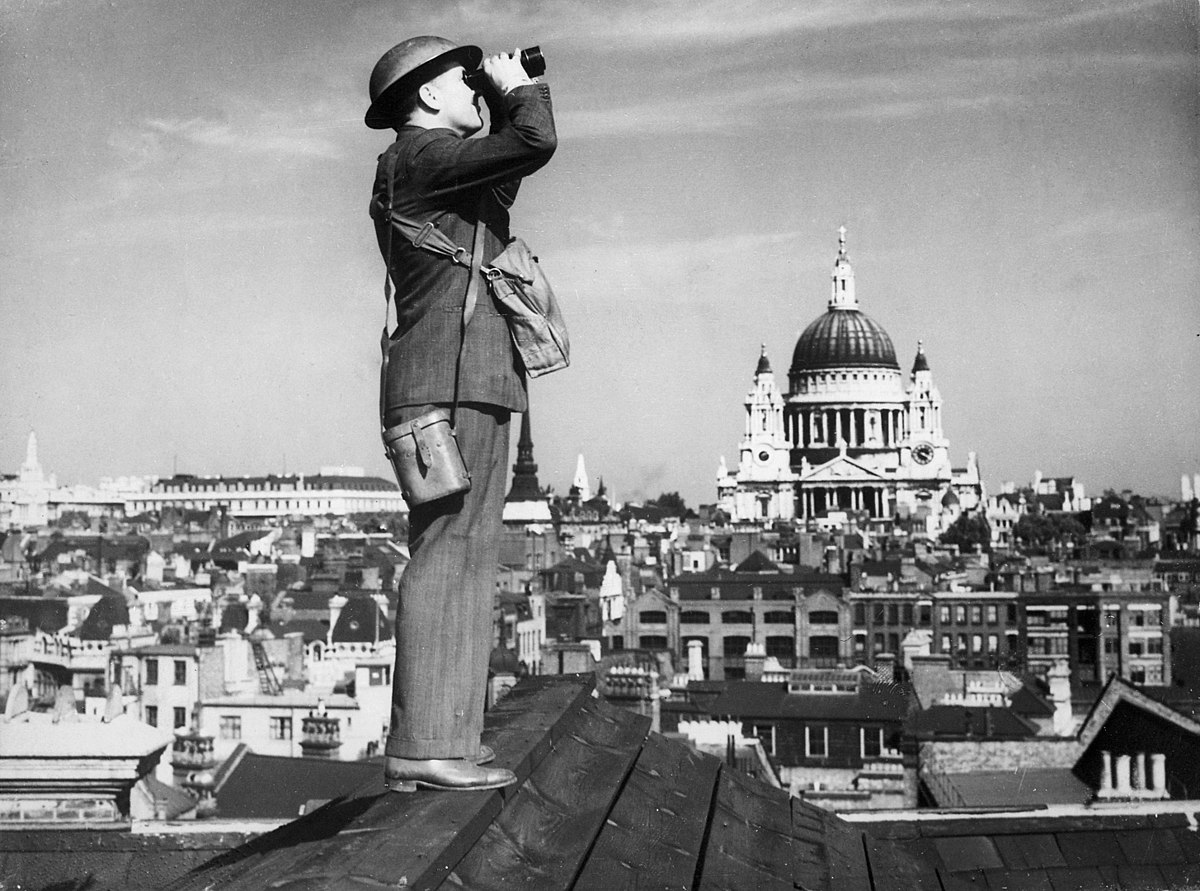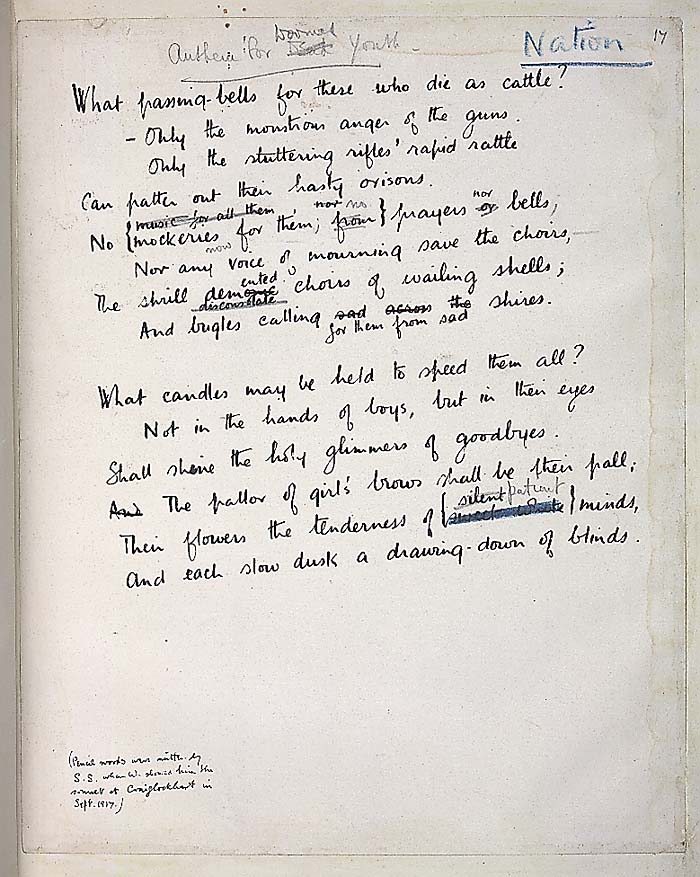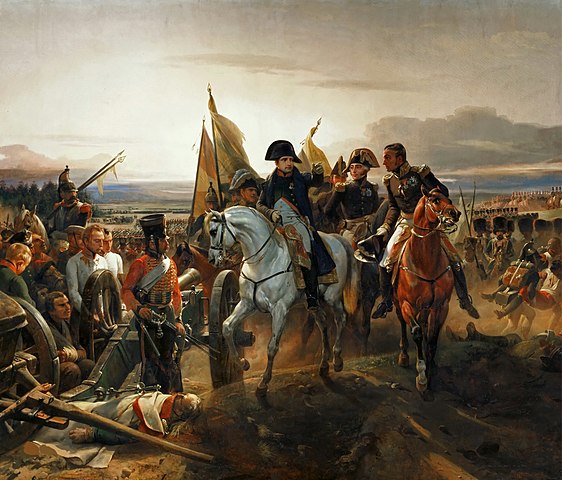The Falklands War was a ten-week war between Argentina and the United Kingdom over two British dependent territories in the South Atlantic: the Falkland Islands, and its territorial dependency, the South Georgia and the South Sandwich Islands.
Argentina suffered a state coup on March 24 th , 1976, and on April 2nd, 1982, the military government invaded and occupied the Falkland Islands in an attempt to rise the low public opinion regarding their political performance, as in the period from March, 1976 and December, 1983, 30,000 people were kidnapped, tortured and disappeared for being against the military government.
Decorations of the Falklands War
When it comes to the Falkland’s War decorations both Argentina and the United Kingdom medals to those who fought or performed outstandingly during the war.
From the United Kingdom there’s just the South Atlantic Medal, which was awarded to British military personnel and civilians for service in the Falklands War of 1982. Over 33,000 of them were awarded.
Argentina, on the other hand, issued (at different points in time) several medals. The main ones being:
The Argentine Nation Cross to the Heroic Valour in Combat is the highest military decoration give by the Republic. It is granted to the military and security forces personnel, civilian police forces, Argentine or foreign, whom in combat motivated by extraordinary events have the character of a war function, perform isolated or in the exercise of command, a ponderable action that stands out considerably from the behavior patterns, usually considered correct. A total of 21 medals were given to Argentine heroes of the Falklands War, all of them having fought in the war, and eight of them having given the medal posthumously.
The Argentine Nation to the Valour in Combat Medal is the second highest military decoration given by the President of Argentina and it’s awarded to “Recognize acts during the Southern Atlantic war for merits, valour and heroism in the defense of the Motherland“. The medal can be given to Argentinian citizens as well as foreigners.
The Medal to the Fighters is a decoration given by the Argentinian Republic to everyone who fought in the territorial claim of the Falklands, South Georgia and South Sandwich Islands between April 2nd and June 14th 1982.
Argentinian Falklands War Decorations Recipients
The recipients of the Argentine decoration for service were:
- Lieutenant Roberto Estévez (posthumously) for commanding, while severely injured by British bullets, his infantry troops and for guiding by radio the artillery fire in the first line of combat during Darwin’s battle. A last bullet impact ended his life.
- Lieutenant Ernesto Emilio Espinosa (posthumously) covered from the top floor of Top Malo House farm, the retreat of all his fellows, while being surrounded and attack by special British forces, dying during action by the fire of enemy rifles, grenades and rockets.
- First sergeant Mateo Antonio Sbert (posthumously) fought while being severely injured by enemy fire during the Top Malo House battle, and died in combat.
- First Lieutenant Jorge Vizoso Posse fought with tremendous courage during the whole war, combating while being in disadvantage against the enemy’s special forces in the surroundings of Mount Kent, in spite of being isolated and injured, he kept fighting, forcing the enemy forces to retreat. He returnedby his own means to the Argentine lines, loosing a huge amount of blood.
- Second Lieutenant Juan José Gómez Centurión led, while being in great material and numerical disadvantage, several counter attacks during Darwin’s battle.
- Sergeant Roberto Bacilio Baruzzo fought in spite of being injured by bombardment splinters the day before Mount Harriet’s battle. He also transported injured soldiers under enemy fire and took them to a safe place, risking his life in several occasions, and continuing the fight body to body during those movements until he run out of ammunition, and even using his knife, until he fell prisoner of the Royal Marines.
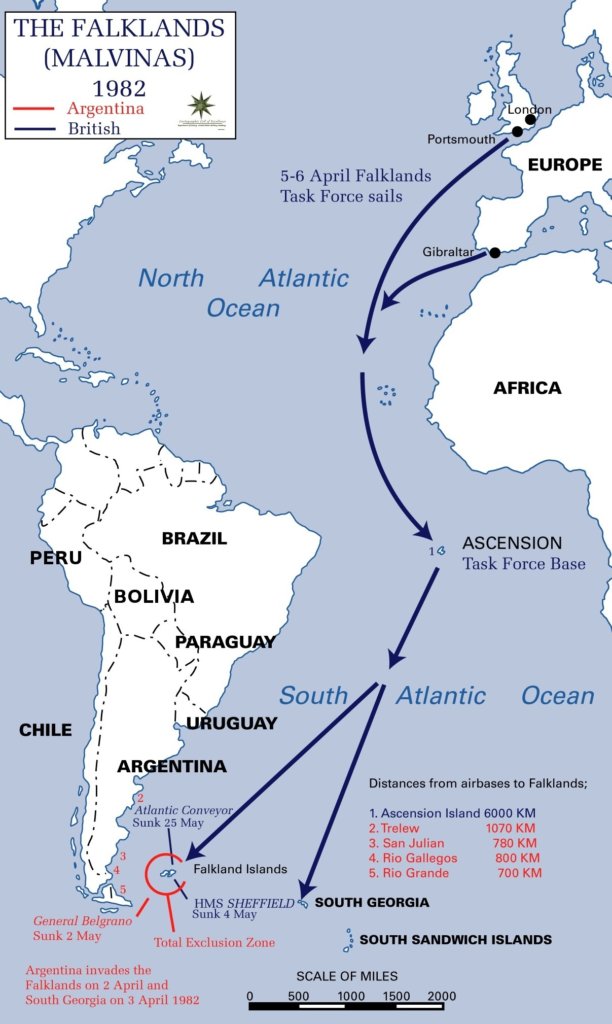
- Conscript soldier Oscar Poltronieri operated a machine gun during the Mount Two Sisters’ battle, ignoring the retreat order, and staying fighting by himself, allowing the effective retreat of all his fellows to safer areas, and holding the enemy with only his machine gun, preventing the whole British offensive from moving forward.
- Commander Pedro Edgardo Giachino (posthumously) led, without opening fire against the British troops, the assault to the governor’s house where, when entering there, was severely injured by the Royal Marine’s fire, and died the same day at the hospital.
- Ship Lieutenant Guillermo Owen Crippa piloted an Aermacchi MB-339 in the first aerial attack, and attacked all by himself the British troop based in the San Carlos Port, conformed by twelve ships strongly defended by anti aerial artillery and missiles, he left the HMS British ship out of service and returned safe to his base at Argentine Port.
- Corvette Liberty Carlos Daniel Vázquez conducted his section of shooters during the defense of Tumbledown against the attack of a British unit resorting to the fire of his own artillery, without caring about his own security, and resigning his position just after the third attack, when he had no ammunition left and his section was practically destroyed.
- NCO Júlio Saturnino Castillo (posthumously) for showing devotion and loyalty to his subordinates and superiors repeatedly, and conducting his men until his last breath, when he jumped to save a subordinate that was being killed with bayonets. An Argentine Army’s ship was named after him.
- Conscript Félix Ernesto Aguirre (posthumously) fought body to body, bearing an immense superiority of the enemy and the fire against his position. He got injured in his legs and besides that, he tries to help Second Lieutenant Silva who was deadly injured near him and got injured again, dying in his position.
- Corvette Lieutenant Héctor Miño led successfully several counter attacks facing an immense numerical and material disadvantage, holding the British forces, where he is severely injured, and then took as prisoner by enemy forces.
- Brigadier Ernesto Ureta, Commodore Gerardo Guillermo Isaac, Captain José Daniel Vázquez (posthumously) and Captain Omar Jesús Castillo (post mortem) piloted an A-4C Skyhawk each, attacking the aircraft carrier HMS Invincible, which was at the very center of the British defensive fleet, and was left out of service. Captain Vázquez and Captain Castillo were killed during the attack.
- Commodore Pablo Carballo led his section in the attack of two British ships in the north of the Falklands islands.
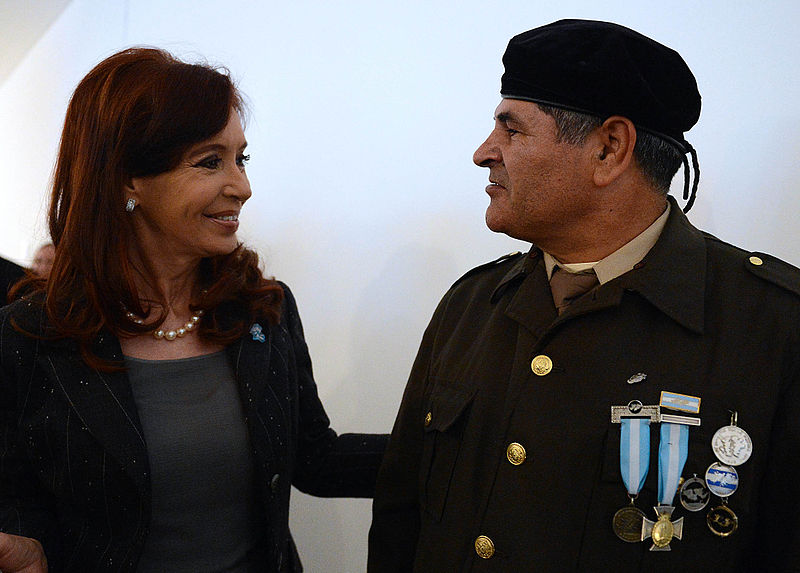
- Chief Petty Officer Carlos Omar Ortiz, for leaving the refuge in the middle of red alerts to assist injured staff under enemy fire and in combat zone.
- Chief NCO Pedro Prudencio Miranda for offering himself as an explosive screwdriver volunteer, first disarming by himself an active bomb inside the Argentine ship Formosa, later on disarming bombs in an A-4Q plain that had landed in the base, and lastly disarming a bomb that he had notice was accidentally activated and was just about to explode.
- Aircraftman José Raúl Ibáñez, for repelling by own decision an aerial attack against his ship by two enemy’s Harrier, immensely superior in armament and firepower. In spite of not being in charge of the machine gun, he did not hesitate when the operator was shot, and responded to the attacks, getting to damage one of the planes with a light gun that was not prepared to fight against planes, forcing the British aerial patrol to retreat.
- These are just a few examples of the enormous courage of the Argentine men that fought with an immense armament and numerical disadvantage during the whole war.

